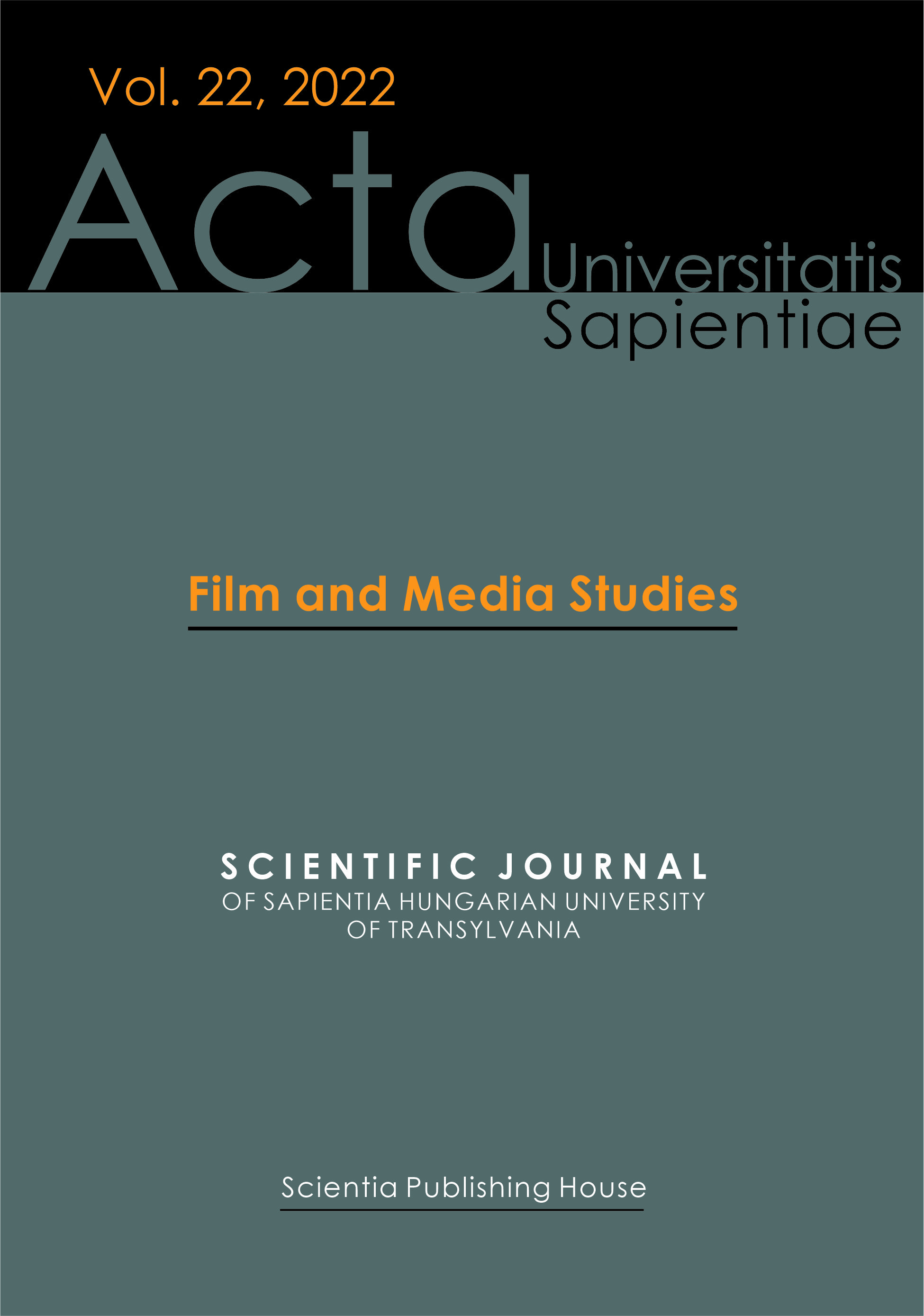Crisis Narrative and Affective Intermediality: Figuring Disaster in Michael Haneke’s Time of the Wolf
Crisis Narrative and Affective Intermediality: Figuring Disaster in Michael Haneke’s Time of the Wolf
Author(s): Judit PieldnerSubject(s): Social Philosophy, Film / Cinema / Cinematography
Published by: Scientia Kiadó
Keywords: dystopia; decivilization; intermedial realism; epistemic and affective images;
Summary/Abstract: Michael Haneke’s Time of the Wolf (Le temps du loup, 2003) depicts a grim vision of the world in the aftermath of an unnamed catastrophe. Haneke turns the genre of dystopia into an experimental terrain where he can test the limits of the cinematic medium in the sense of “negating cinema in order to let reality speak for itself” (Nagib 2016, 147). An existential parable, Time of the Wolf envisions a sombre post-millenium age. It is a sharp analysis of what remains of man and society when the frame of civilization collapses. It scrutinizes the functioning mechanisms of the individual, the family and the social community in times of civilization undone. A harsh experiment towards a negative dialectics of the image, the film’s exceptionally austere cinematic language confronts the spectator with the aesthetics of the “unwatchable” (Baer et al., 2019) and “cinematic unpleasure” (Aston 2010). The paper explores the ways in which Haneke’s “intermedial realism” (Rowe 2017) also manifests in this film through photo-filmic images and painterly compositions, perceptions of stillness and motion, and cultural remnants of the past, giving way to affective sensations of intermediality.
Journal: Acta Universitatis Sapientiae, Film and Media Studies
- Issue Year: 2022
- Issue No: 22
- Page Range: 18-38
- Page Count: 21
- Language: English

